IBM Enterprise Design Thinking Bootcamp
A multi-day program where IBMers from around the globe learn a shared language and share approach to design thinking, at the scale of an enterprise, while incubating business needs inside IBM.
Learn more about Enterprise Design Thinking at IBM.
WHAT IS A DESIGN THINKING BOOTCAMP:
![]()
![]()
You Learn Design Thinking
![]()
![]()
![]()
Experts providing a balance of theory and experience
You Practice Design Thinking
![]()
![]()
![]()
![]()
📷: Dave Huber
You Incubate Real Business Needs
![]()
WHY AN ENTERPRISE DESIGN THINKING BOOTCAMP AT IBM?
In 2015, CEO Ginny Rometty speaking about IBM’s future said, “the key to our growth is the client experience”. She tasked GM Phil Gilbert to transform IBM into a culture obsessed with designing experiences that wowed clients. In turn, Phil set an audacious goal to hire over 1,000+ formally trained designers while building a sustainable culture of design and design thinking.
![]()
![]()
![]()
![]()
![]()
Design Thinking Bootcamp’s were a core part of IBM’s design strategy
![]()
Proportion of designers to employees means you’re always educating people what design is
CHALLENGES WE ENCOUNTERED:
HYPOTHESIS TO TEST:


You Learn Design Thinking


Experts providing a balance of theory and experience
You Practice Design Thinking




📷: Dave Huber
You Incubate Real Business Needs

WHY AN ENTERPRISE DESIGN THINKING BOOTCAMP AT IBM?
In 2015, CEO Ginny Rometty speaking about IBM’s future said, “the key to our growth is the client experience”. She tasked GM Phil Gilbert to transform IBM into a culture obsessed with designing experiences that wowed clients. In turn, Phil set an audacious goal to hire over 1,000+ formally trained designers while building a sustainable culture of design and design thinking.



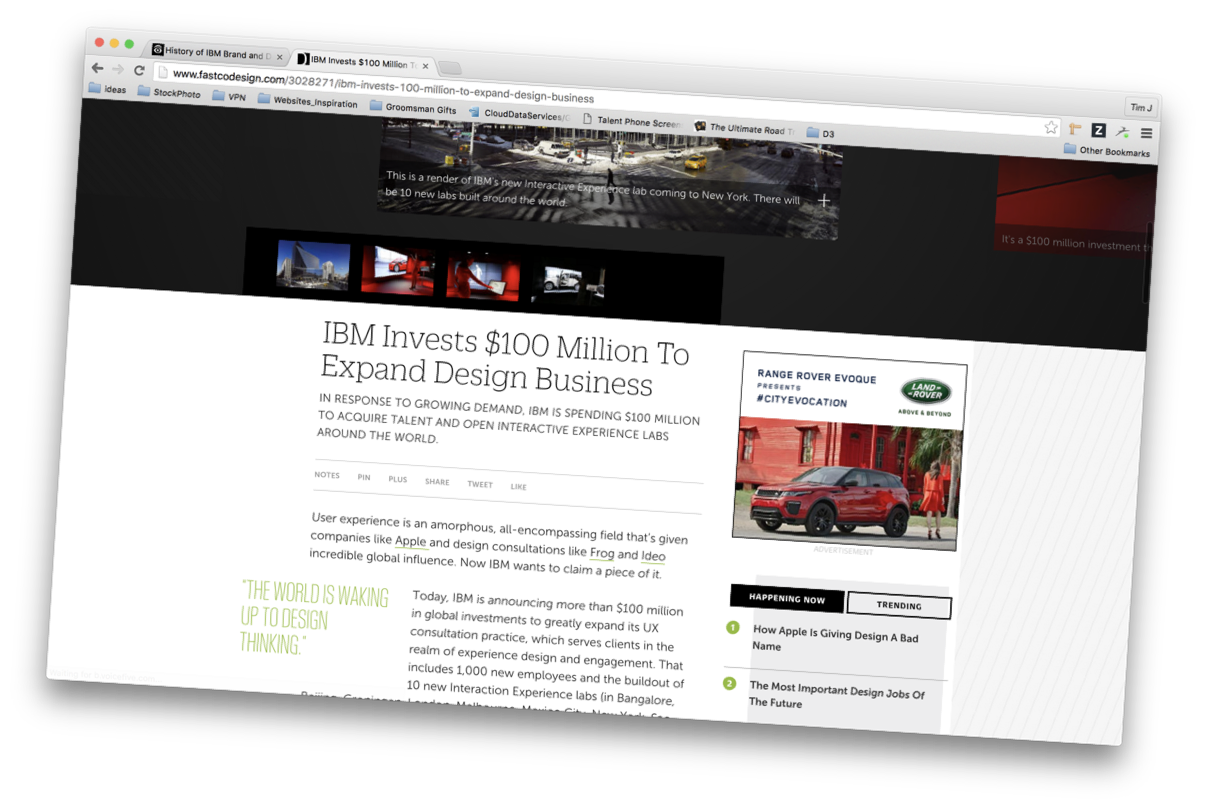

Design Thinking Bootcamp’s were a core part of IBM’s design strategy

Proportion of designers to employees means you’re always educating people what design is
CHALLENGES WE ENCOUNTERED:
- Communicating a shared language and share approach to 350,000 employees
- Design thinking a non-linear framework, best learned with real-time collaboration
- Fake personas in curricullum failed to translate actual human empathy
- Participants not understanding the value of design prior to arriving
HYPOTHESIS TO TEST:
Could we increase the Bootcamp NPS score (previously an 8.8) by replacing fictious cases for real ones? Could we shift the program to be a strategic design sprint for stakeholders?
MY PROCESS:
Evangelize ︎ Frame Problems ︎ Execute Bootcamp ︎ Synthesize Findings
⭐️ Evangelize
Once IBM began hiring all these designers, the IBM Design Core Team began solving “how do we get designer and their partners working in concert with one another”.
To guide this collaboration, we created a shared language and shared approach that guided how we would work, without being perscriptive.
Our team was tasked with creating experiences for IBMers to learn, practice and empower this new design practice across the entire company.
Design Practice:
![]()
![]()
![]()
![]()
![]()
Marketing:
![]()
![]()
![]()
![]()
![]()
![]()
![]()
![]()
![]() Stakeholder describing the value the incubator brought to her organization.
Stakeholder describing the value the incubator brought to her organization.
Q: Why is a shared language and shared approach for a design practice so important?
A: This is the most important thing I learned at IBM. Institutional knowledge is often kept inside employee’s heads. Instution knowledge doesn’t scale. People leave companies. Different teams use differnt operating models. All these reasons point to why teams need a common, repeatible way to deliver outcomes, that don’t rely on the designer hero.
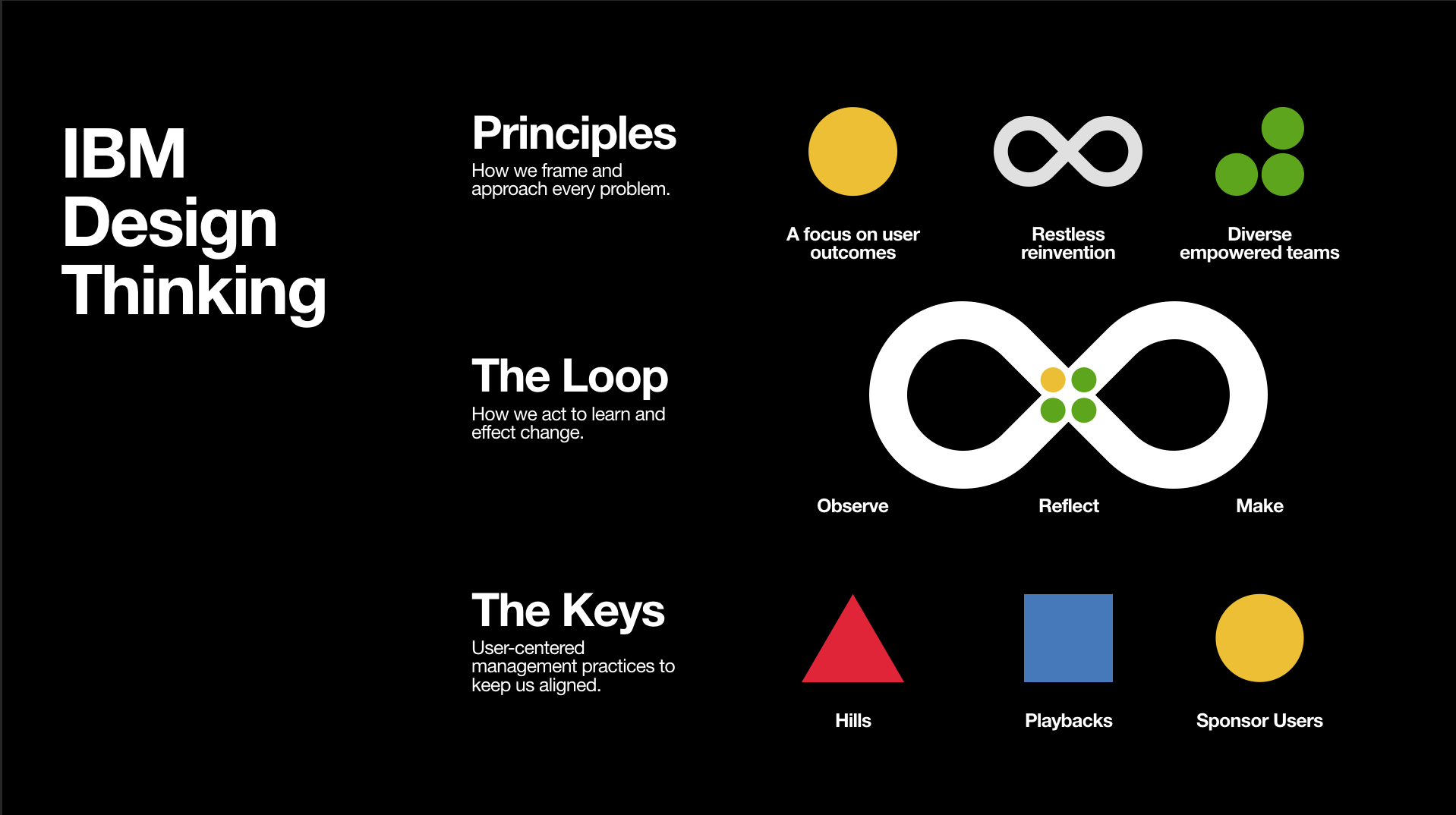
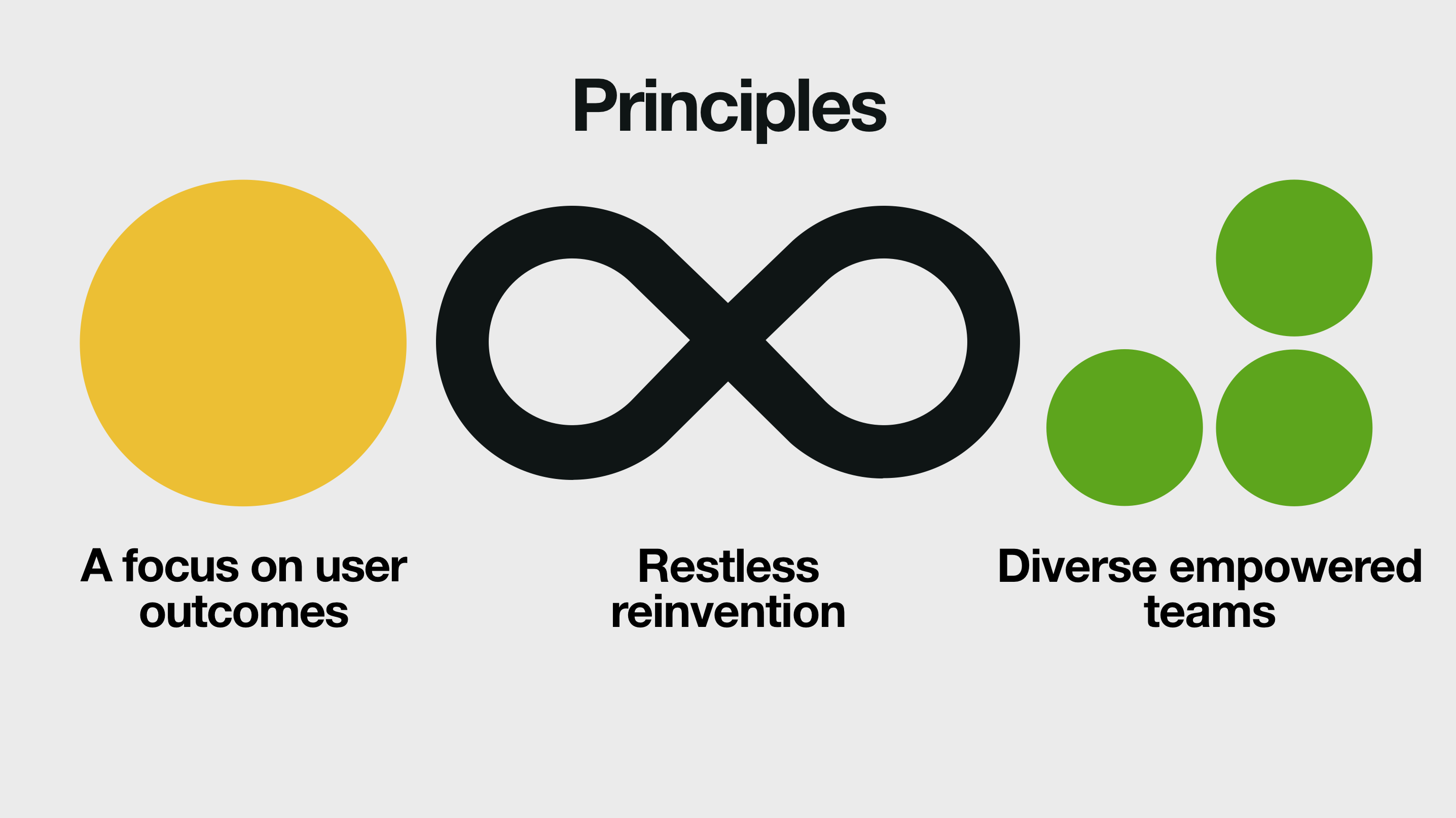
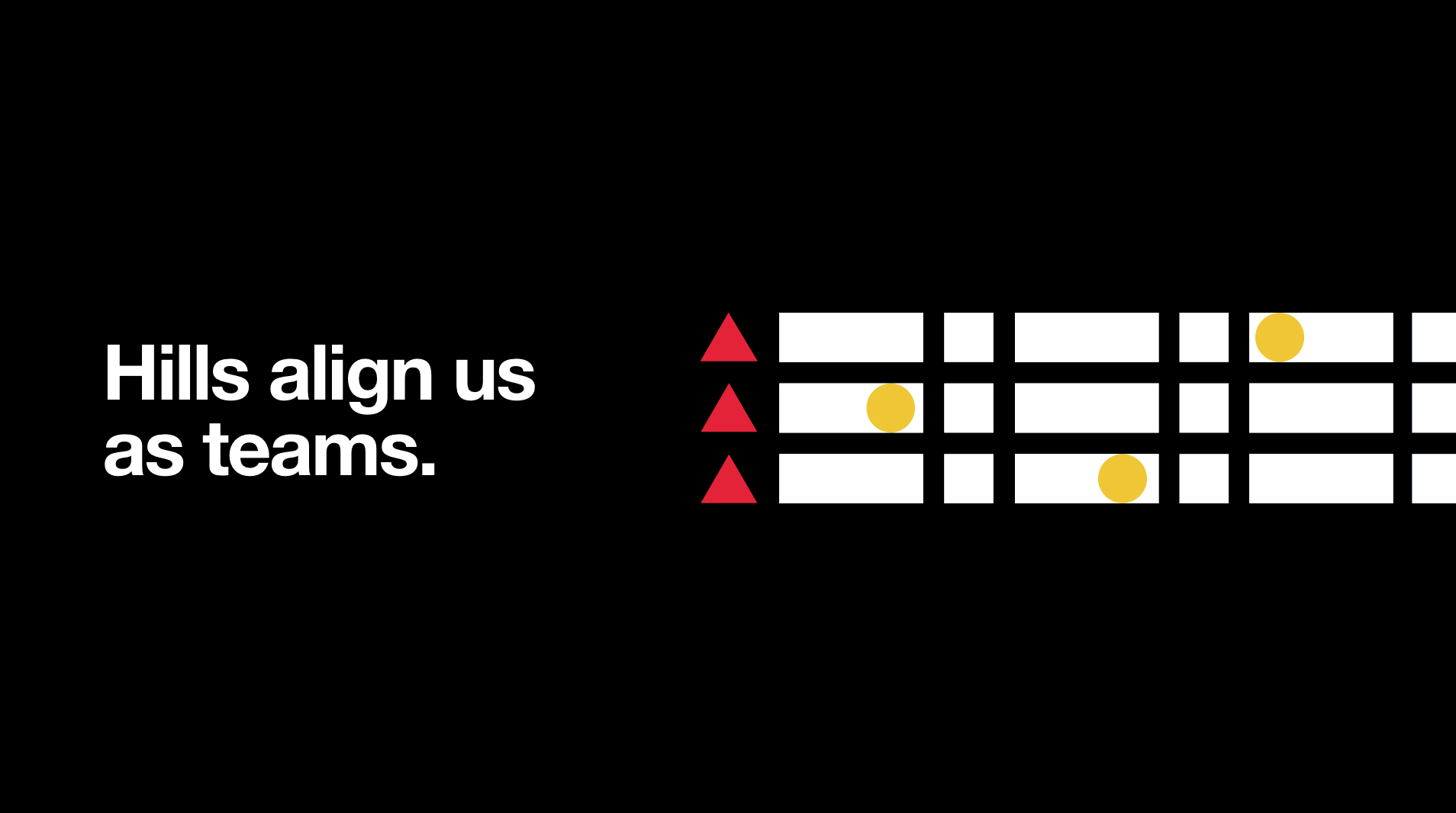

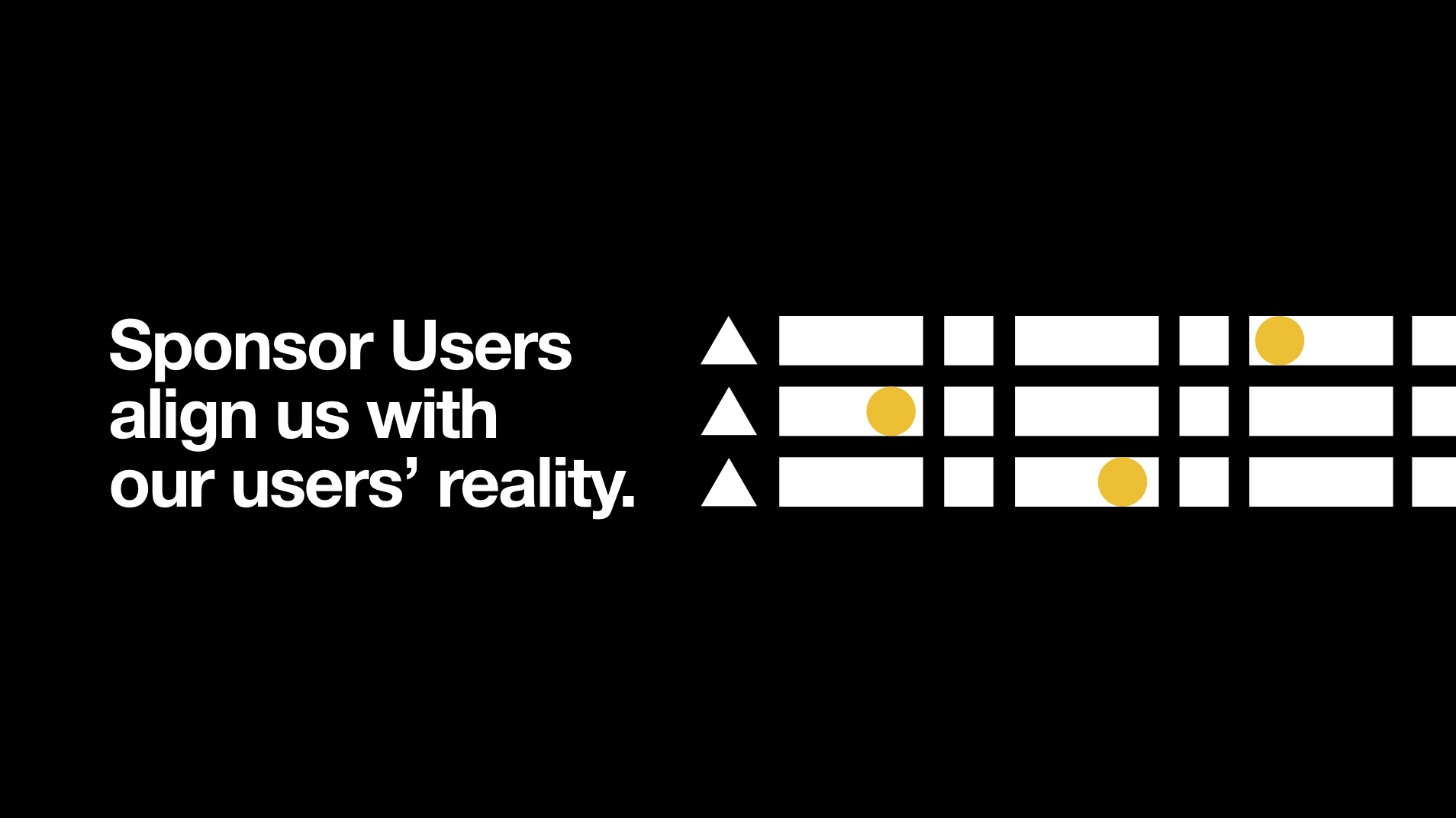
Marketing:






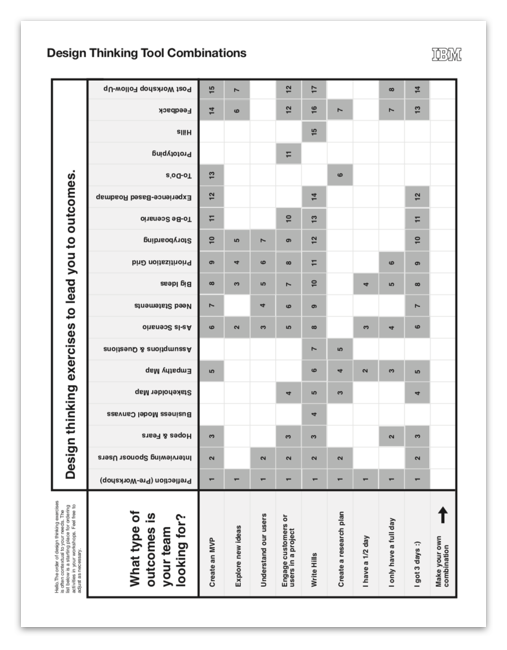
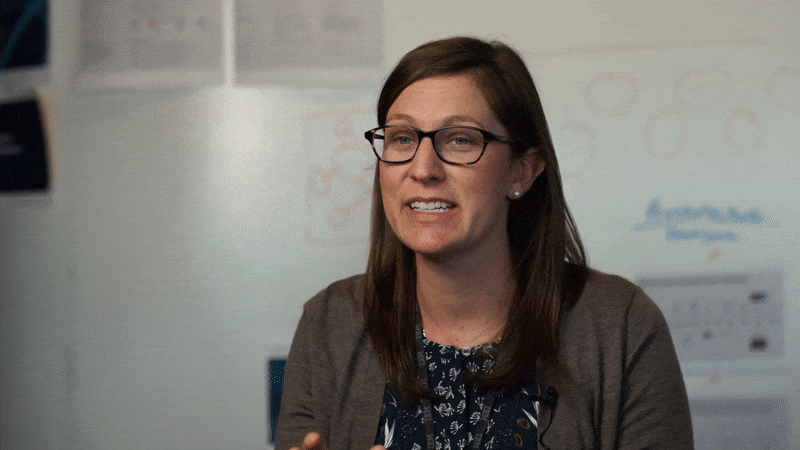

Q: Why is a shared language and shared approach for a design practice so important?
A: This is the most important thing I learned at IBM. Institutional knowledge is often kept inside employee’s heads. Instution knowledge doesn’t scale. People leave companies. Different teams use differnt operating models. All these reasons point to why teams need a common, repeatible way to deliver outcomes, that don’t rely on the designer hero.
🖼 Frame Problems
Once designers, product managers and engineers began signing-up for our Bootcamp program, to enhance the learning experience (and use our time wisely) I made a departure from using fake personas to running mini-incubators as the case study.
This allowed a two-pronged approach of:
- a deeper, more empathetic learning experience
- development of budding business ideas inside IBM
I facilitated problem framing sessions to better understand the nature of the request and ensure the scope met the needs of the program.
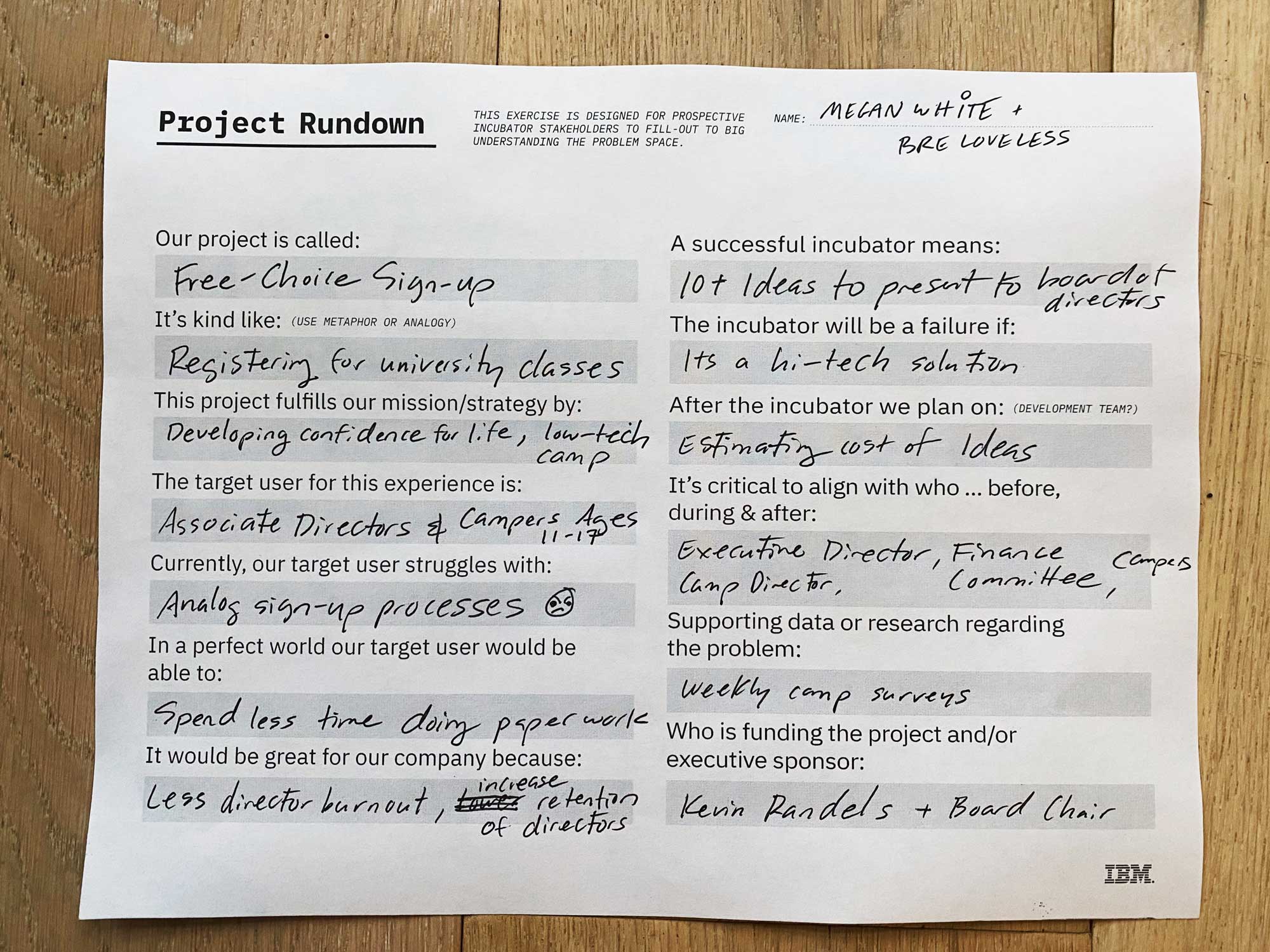

Project Rundowns initiated the conversation without meetings


Stakeholder Alignments facilitated a deeper discussion

 Working with a stakeholder on the most promising problem to solve
Working with a stakeholder on the most promising problem to solveUnderstanding the value of design before entering:
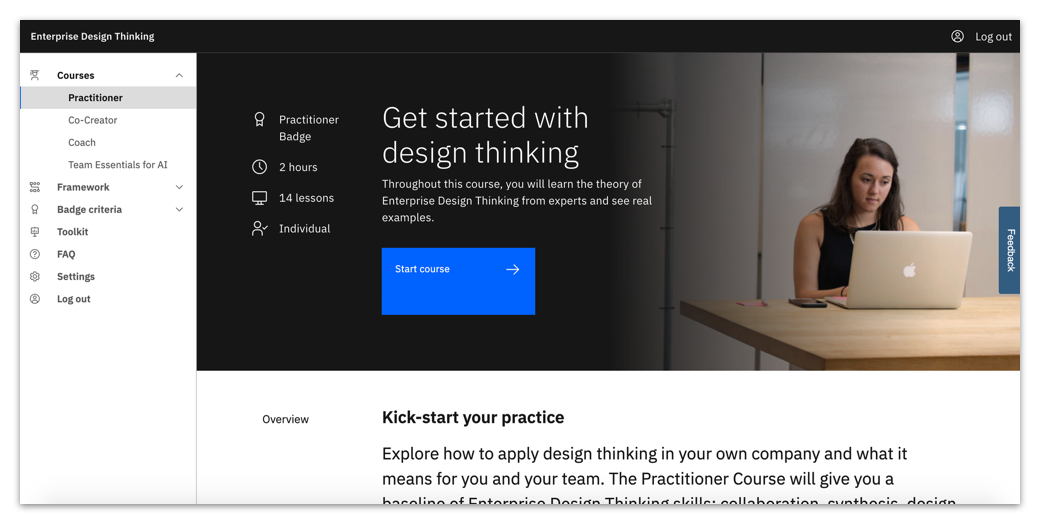 Participants were required to take a 2-hr on-line course
Participants were required to take a 2-hr on-line course🚌 Execute Bootcamp
The focus of the Bootcamp was to drive home our design thinking practice: the principles, the loop and the keys. I designed the curricullum in a way that enabled participants to seamlessly learn the practice while at the same time driving progress on business needs.
I ran a Bootcamp once a month, often experimenting with the schedule, daily emphasis and types of cases that we utilized for incubation.
A focus on end-user outcomes:
![]()
![]()
![]() User interviews with a spanish interpreter
User interviews with a spanish interpreter
Diverse-empowered teams:
![]()
Restless reinvention:
![]()
The Loop:
![]() Framework can shrink OR expand depending on the size, scope, and impact of the problem
Framework can shrink OR expand depending on the size, scope, and impact of the problem
Hills:
![]()
Hills are what keep us aligned when we aren’t together
Playbacks:
![]()
Sponsor Users:
![]()



Diverse-empowered teams:

Restless reinvention:

The Loop:
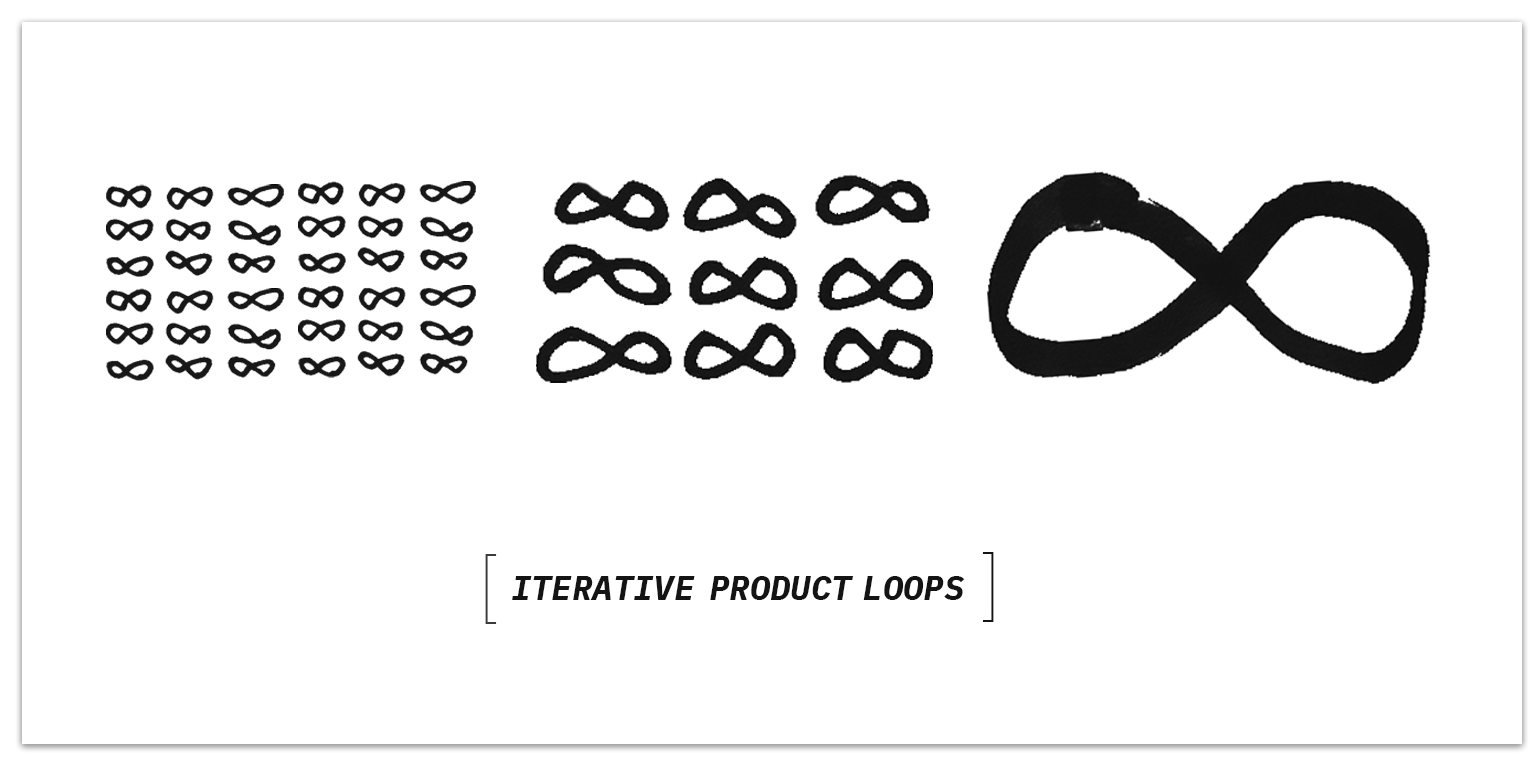 Framework can shrink OR expand depending on the size, scope, and impact of the problem
Framework can shrink OR expand depending on the size, scope, and impact of the problemHills:

Hills are what keep us aligned when we aren’t together
Playbacks:

Sponsor Users:

📕 Synthesize Findings
The key output for stakeholders was a summary of the insights, ideas and risky assumptions surface during our time together. Many entry-level facilitators make the mistake at letting the work die in a workshop due to not properly documenting the key learnings from the workshop.
In addition to teaching design research practices, we applied this mindset on our own work too. Conducting survey’s, in-person interviews and running evaluative tests to determine where to improve the program.
The biggest research success was shifting the curricullum from fake personas to testing actual prototypes with end-users.
Incubator insights:
![]()
![]()
![]()
Sessions wrapped up with a PowerPoint deck of insights to continue the work
Minor Program improvement:
![]()
A Bootcampers journey through the program — used to make improvements
Major Program improvement:
![]()
![]()
Fake Personas while “checking the box” didn’t lead to meaningful engagement
![]()
Josh (Tech Sales) was beaming at getting feedback from an end-user


Sessions wrapped up with a PowerPoint deck of insights to continue the work
Minor Program improvement:

A Bootcampers journey through the program — used to make improvements
Major Program improvement:


Fake Personas while “checking the box” didn’t lead to meaningful engagement
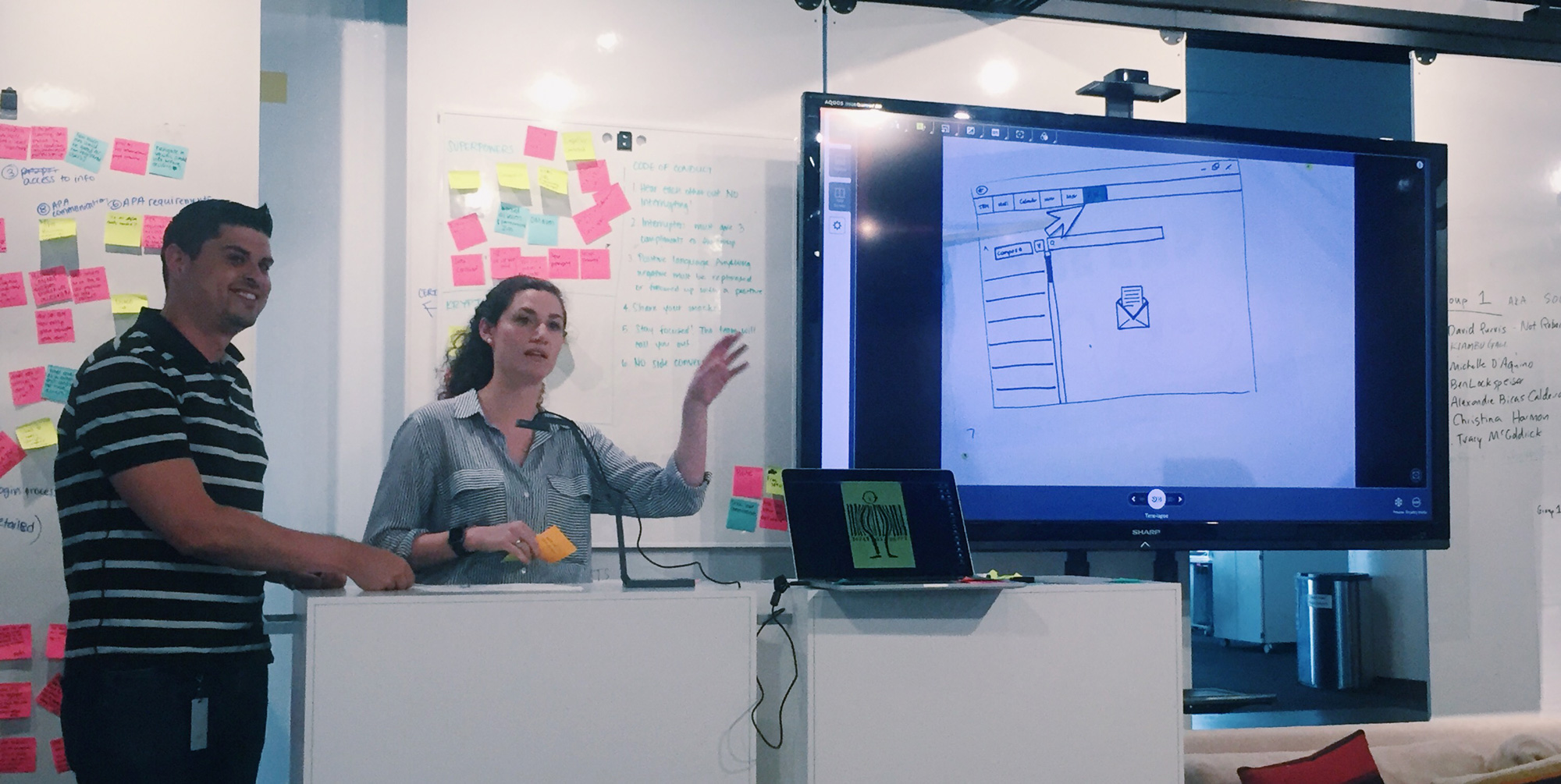
Josh (Tech Sales) was beaming at getting feedback from an end-user
MY ROLE:
I led the Enterprise Design Thinking Bootcamp. I evolved the target audience from industry-level design hires to any IBMer seeking to learn design thinking, becoming the primary program to educate Global Business Service consultants.
OUTCOMES:
- Increased NPS score from 8.8 to 9.4, sustained for 12-months period
- 350+ IBMers from all major business units were trained on design thinking (ex: Global Technology, Global Business, Software, Systems Hardware, and Global Financing)
- Enterprise Design Thinking provides teams with: 2x faster speed to market, 300% return on investment, 75% increased team efficiency and 33% reduced dev rework. Forrester Report
KEY LEARNINGS:
- Herb Simon’s quote is true ... “To design is to devise courses of action aimed at changing existing situations into preferred ones”. Consciously or subconsciously everyone is designing.
- At the same time, Design is not everyone’s job. Not everyone has to be a Designer. But everyone has to have their user as their north star.
- The Bootcamp was successful from a desirablity and viability stand-point — but not feasibily. I ran myself into the ground, learning the realities of quality experience with sustainablity.